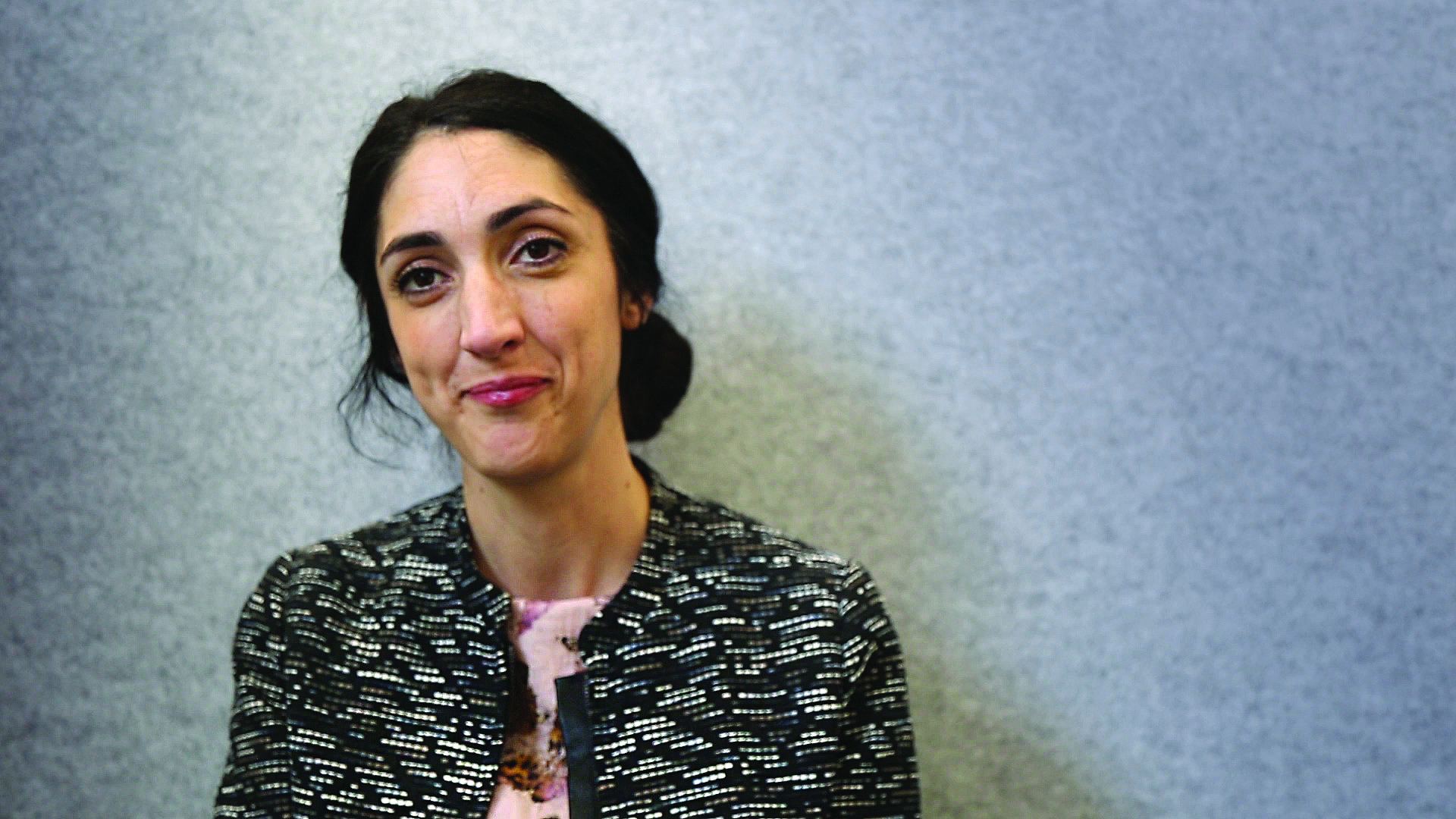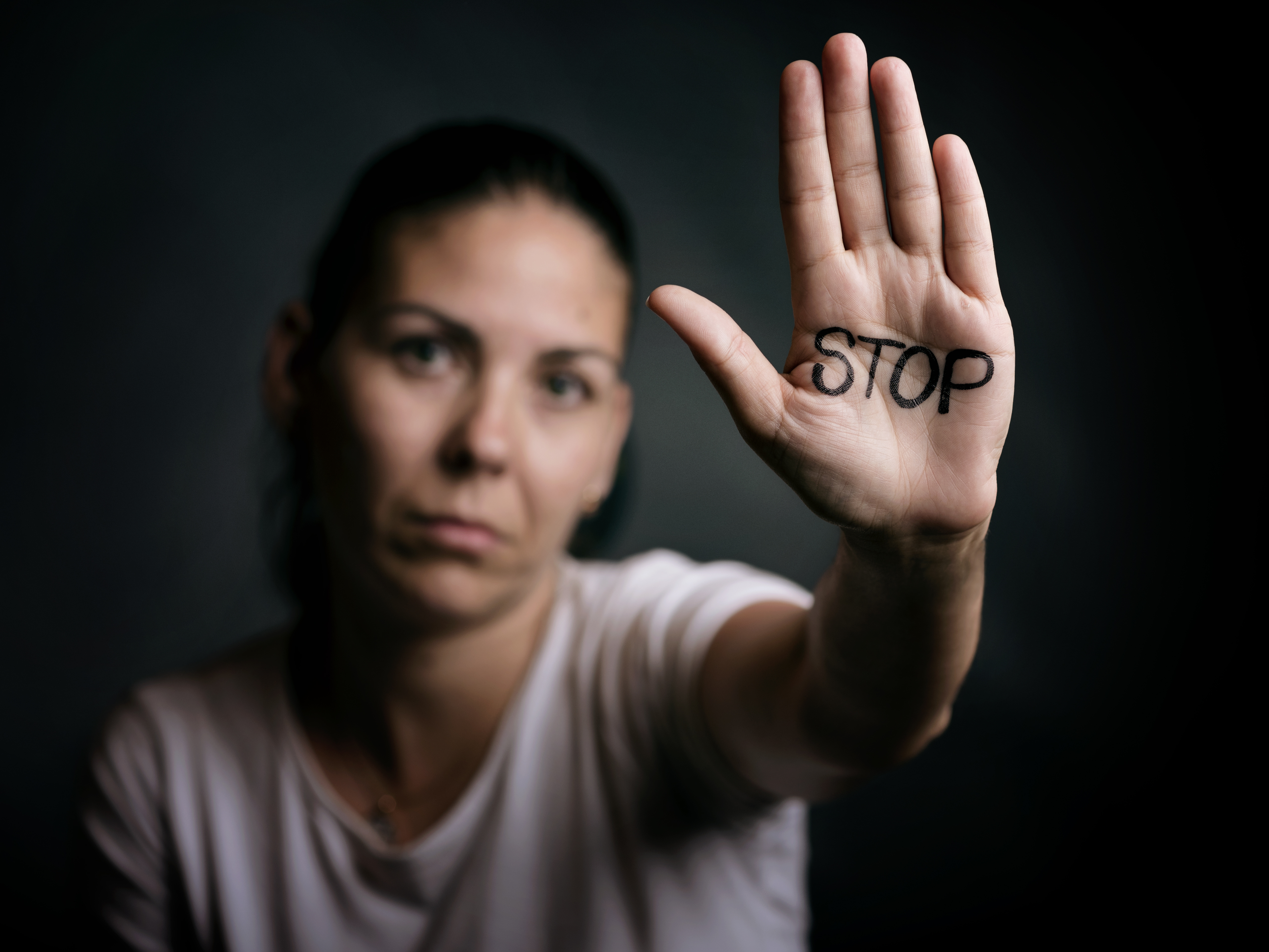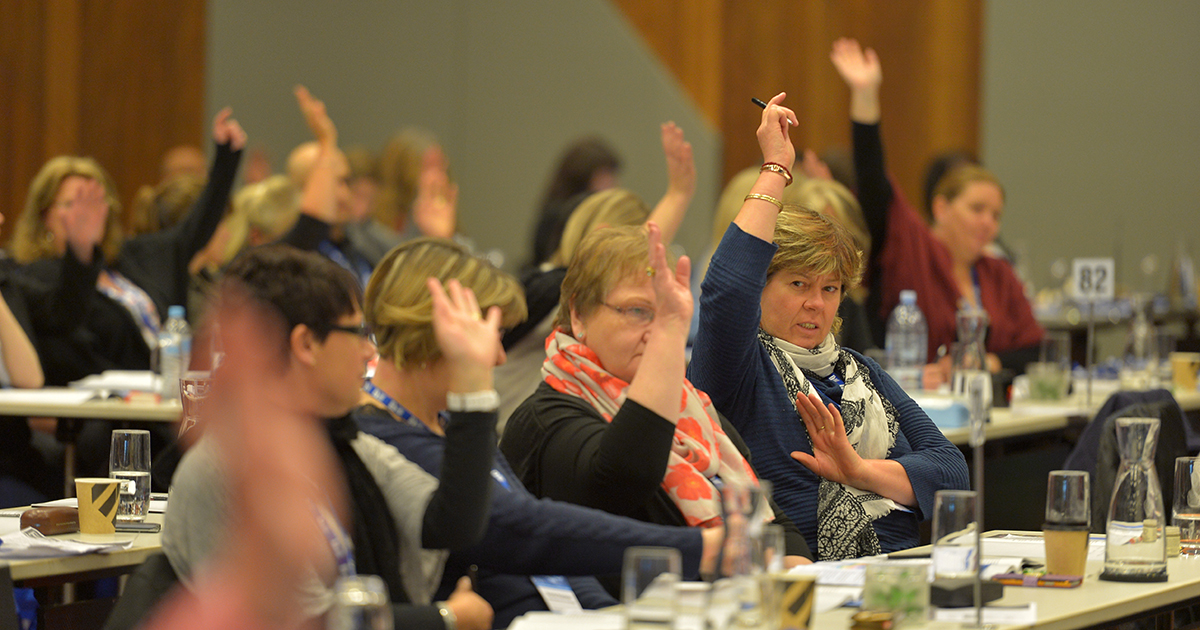
Elizabeth McLindon, University of Melbourne researcher
Content warning: this story discusses family and intimate partner violence.
For several years, ANMF (Vic Branch) has been working with University of Melbourne academic Dr Liz McLindon on pioneering research into family and intimate partner violence within the nursing, midwifery and carer workforce – the largest study of family violence in the lives of health professionals in the world.
As part of that research, in 2019 ANMF members were invited to participate in the Health, Wellbeing and Relationships Project survey, and at the 2022 Delegates Conference Dr McLindon presented the findings from that survey.
The survey received more than 11,000 responses. There were four key findings.
Key finding 1
Family violence, either in the previous 12 months or at some point during adult life, was common among women and men alike.
- In the previous 12-months, around 1 in 5 women and menhad experienced violence by an intimate partner.
- Across their adult lifetime, 45.1% of women and 35.0% of men had been in a relationship with violence.
- The experience of childhood physical/sexual abuse or exposure to violence against a parent was reported by 50.8% of men and 44.0% of women.
- Since the age of 16, 11.7% of men and 1.7% of women had behaved in a way that had made a partner or ex-partner feel afraid of them.
Key finding 2
Survivors reported worse health than their colleagues without intimate partner violence.
‘On every single measure that we looked at, there was a statistically significant difference between the health and wellbeing of our survivor member participants and those members who had not experienced intimate partner violence,’ Dr McLindon revealed.
Survivor member participants were between two and three times more likely to:
- have post-traumatic stress
- have poor physical health
- experience depression, anxiety
- lack support from family or friends
- experience financial stress
- engage in hazardous alcohol consumption.
Key finding 3
Intimate partner violence had impacts for survivors at work.
- 1 in 4 survivors said their partner had attended work to harass them during the last 12 months.
- Survivors had rarely spoken about intimate partner violence at work: Only one third of women and quarter of men had ever disclosed it to someone in their workplace.
- During the year prior to the survey, 31.6% of women and 30.3% of men had taken one or more days of leave from work due to their partner’s behaviour. But they weren’t taking available family violence leave. Only 65 people out of the 11 thousand who completed the survey – or 1.2% – had taken family violence leave.
‘Survivors told us that the reason that they don’t take family violence leave, and the reason that they don’t talk in their workplace about abuse that might be affecting them and their work, is because of the culture of the workplace, and fear about repercussions,’ Dr McLindon said.
Key finding 4
Survivors thought that the ANMF had a role in strengthening family violence advocacy and support, and wanted the ANMF (Vic Branch) to:
- raise awareness that family and intimate partner violence happens to nurses, midwives and carers (not just their patients)
- act to reduce family violence stigma in healthcare workplaces and the broader community
- ensure safer and more flexible healthcare workplaces, where survivors feel comfortable to access leave
- be an access point for information about accessible and affordable counselling, advocacy, resources and support for survivors.
What does this mean?
Significantly, the findings indicate a higher prevalence of intimate partner violence in the lives of the members who participated in this survey than in the general Australian community.
‘Among our women participants, the prevalence of physical and sexual violence in the previous 12 months of completing the survey is about four and a half times higher than we find in the community,’ Dr McLindon said. ‘And the prevalence of emotional intimate partner violence is about two times higher. But the difference between our men participants and men in the general Australian community was even more striking.
‘The prevalence of physical and sexual intimate partner violence against men participants was 10 times higher than the general Australian community. And the prevalence of emotional intimate partner violence was three times higher than the general Australian community.’
The findings also reinforced the ‘life-course effect of violence,’ Dr McLindon explained. ‘People who had experienced child abuse were two and a half to three times more likely than their ANMF colleagues who hadn’t experienced child abuse to go on to experience in abusive relationship in adulthood.’
Rebecca, Lena, Ada and David
To tell the general story of the results, Dr McLindon drew on the specific experiences of four ANMF members: Rebecca shared her story via video, and Dr McLindon shared the feedback of Lena, Ada and David (all names have been changed).
‘These members’ voices are representative of the thousands of ANMF members who participated in this survey,’ Dr McLindon said.
Lena
Lena is a 57-year-old woman working in aged care. Lena’s marriage has been violent for longer than she wants to remember. Her partner’s pattern of behaviour has included physical, psychological and emotional abuse, which includes:
- not allowing Lena to socialise with friends
- telling her she’s not good enough
- telling her she’s crazy
- and physical violence; striking her.
The violence at home has started intruding into Lena’s workplace, with her partner having stalked and harassed her at work.
Lena’s story is representative of the 45 per cent of women and 34 per cent of men who participated in the ANMF survey who had experienced intimate partner abuse in one or more relationships at some stage since the age of 16.
Ada
Representing the prevalence of intimate partner violence in the 12 months prior to the survey is Ada, a 41-year-old woman who is married but who is not currently living with her partner. Ada feels afraid of her partner who, over previous last 12 months, had been coercively controlling and emotionally abusive. He has:
- followed Ada
- tried to turn her family, friends and her children against her
- regularly harassed her over the phone
- told her that the abuse is all her fault.
Ada is among the 22 per cent of women respondents, and 24 per cent of men, who experienced intimate partner violence in the 12 months preceding the survey.
David
David is a 52-year-old man. David grew up in a violent household where he frequently saw his father act abusively towards his mum, and was himself abused by his father.
‘David wasn’t the only participant who shared experiences of child abuse,’ Dr McLindon revealed. Just over one in three of the women who participated in the study had experienced either physical, sexual or emotional abuse before the age of 15. Nearly half of the men had experienced child abuse.
David had previously been with a male partner who didn’t like David socialising with other people, and would use tracking software to covertly monitor his whereabouts. David’s partner would sometimes become physically violent.
‘David told us he could also become violent in that relationship. He previously threatened a partner, he said he’d made his partner feel afraid, and had struck him.’
At the time of the survey, David was in a relatively new relationship and he revealed that in the 12 months prior, he had hit his partner once and made him feel afraid. David said: ‘I recently hit my same-sex partner. It shocked me. I’d like to get help.’
David’s story is representative of the members who had used violence and force themselves in their relationships. In the 12 months prior to the survey, that represented 8 per cent of men participants and 6 per cent of women. Across the adult lifetime, 12 per cent of men and 2 per cent of women said they had made their partner feel afraid.
Like David, the majority of those people who had used force had also experienced violence as a victim survivor: 80 per cent of women, and 60 per cent of men.
Outcomes
As part of ANMF (Vic Branch)’s response to the key findings, we have created safehaven.anmfvic.asn.au, an information and resources hub specifically for nurses, midwives and carers who may be experiencing family violence themselves or those who may be concerned about their own behaviour, as well as for family, friends and colleagues; and for managers and supervisors.
In addition, many of our front-facing staff have undertaken specific training so that we are better equipped to support our members
Readers affected by this story can also call 1800RESPECT or visit safesteps.org.au.




